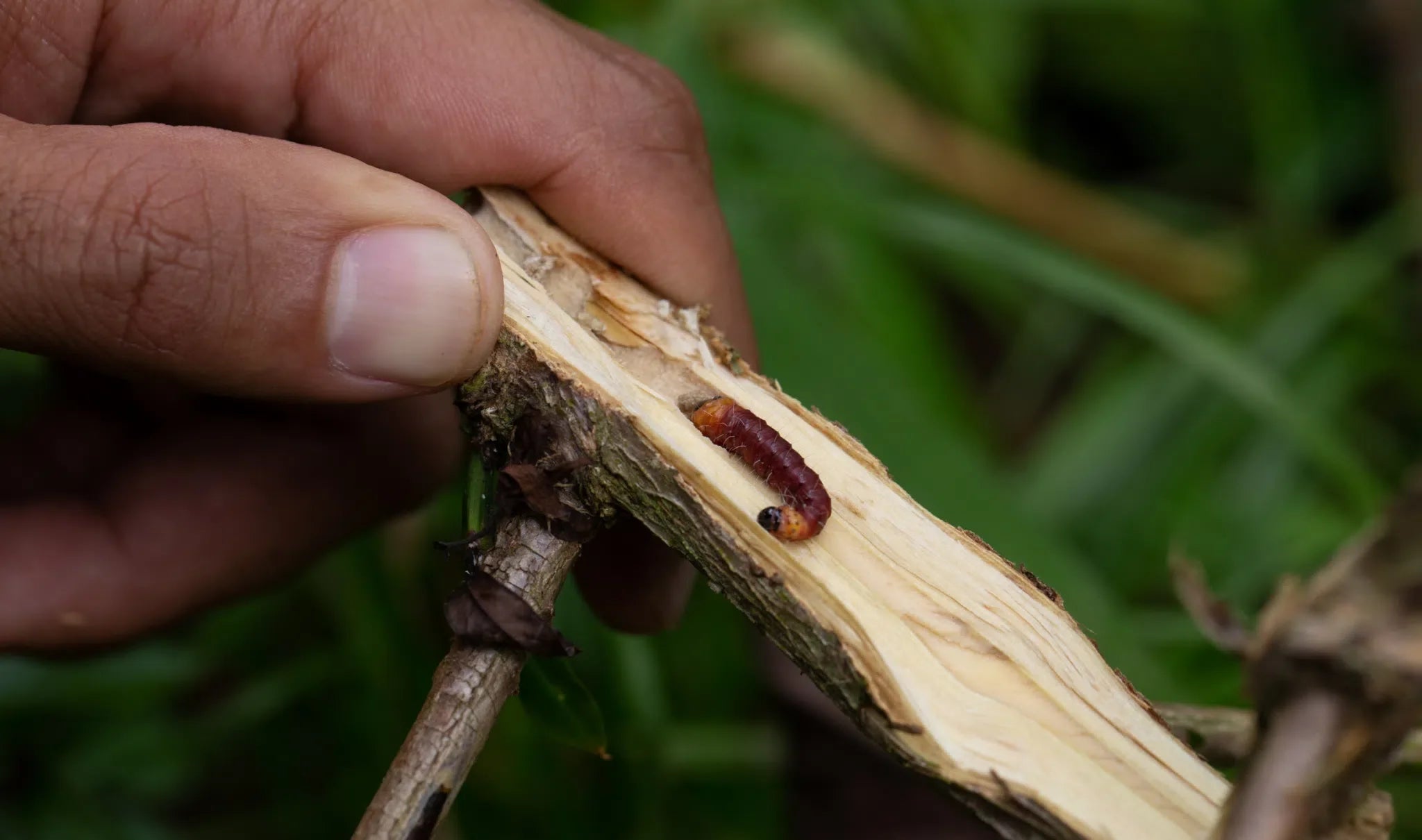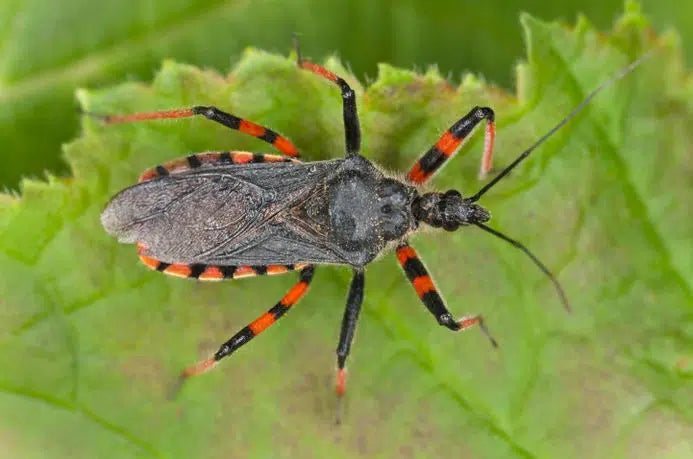Fight ants naturally: Effective solutions without chemicals
Small insects, big impact: When ants appear in large numbers, their presence becomes an annoying problem for many homeowners and gardeners. Ants play an important role in nature, but in kitchens, under paving stones, or in greenhouses, they quickly become a challenge. The good news: There are numerous natural ways to stop ants – without the use of harsh chemicals.
An overview of the pest
Ants are truly talented organizers: They form highly structured colonies with a clear division of labor. In Central Europe, the most common species is the black garden ant ( Lasius niger ). It loves sugary foods, is about 3 to 5 mm long, and usually lives in the soil or under stones.
An ant colony originates from a single fertilized female – the queen. Within a few weeks, an entire colony of workers, soldiers, and future queens develops. Particularly exciting is the so-called nuptial flight in the summer, during which new colonies are founded.
Life cycle and behavior
Life cycle of ants
- Ants hatch from eggs.
- The larvae are fed by workers.
- Afterwards they pupate.
- The pupa develops into a fully developed ant (worker, queen or male).
Behavior of ants
- They live in strictly organized states.
- Tasks are clearly distributed (e.g. foraging, brood care).
- Communication takes place via scents (pheromones).
- Ants work together very efficiently.
How to recognize an infestation
- Ant trails along joints, walls or to the food source
- Piles of sand and earth in terrace cracks
- Frequent sightings near plants (especially in cases of aphid infestation)
- Activity in kitchens or pantries
- Minor damage to supplies
If you recognize such signs early on, you can take countermeasures in good time – ideally in a natural way.
Natural methods to combat
- SF nematodes: Microscopic threadworms that penetrate directly into the ant nest and act there. Simply mix with water and pour into joints, cracks, or beds.
- Ant sticky traps with special attractant: Attract ants and hold them securely – ideal for indoor monitoring. Non-toxic, safe for humans and animals.
- Ant repellent spray: A plant-based solution with essential oils for immediate relief on walkways, doorframes, and windows. Reliably repels ants without leaving any residue.
- Home remedies: Cinnamon, lemon peel or vinegar repel ants in the short term with their intense smells, but they are more of a preventative measure.
These methods enable sustainable ant control without disturbing the ecological balance.
Better to prevent than fight: Keeping ants away made easy
- Seal food airtight, especially products containing sugar and protein
- Seal entrances and check structural weak points
- Control aphid infestation (reduce honeydew as a food source)
- Do not overwater plants – damp areas attract colonies
- Regularly clean crumb-free, especially in the kitchen area
With these measures you can significantly reduce the attractiveness of your home for ants.
Our recommendation: SF nematodes against ants
For effective and sustainable ant control, we recommend our SF nematodes – an ecological solution that works directly in the nest. The microscopic nematodes are applied with water, penetrate the ant nest, and specifically combat the population there – completely without chemicals.
Your benefits at a glance:
- Environmentally friendly & safe for pets
- No impact on soil, plants or interiors
- Effective against the entire ant colony – including brood
- Easy application with watering can or spray bottle
Ideal for terraces, garden beds, paving joints or balcony boxes – anywhere where ants are a nuisance.










